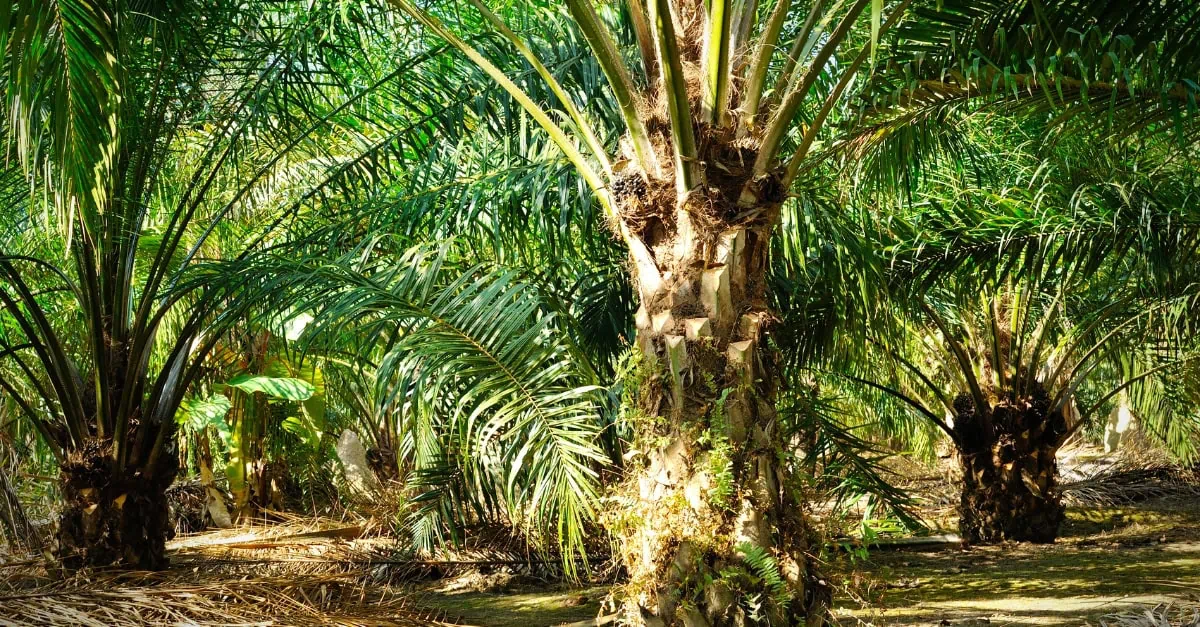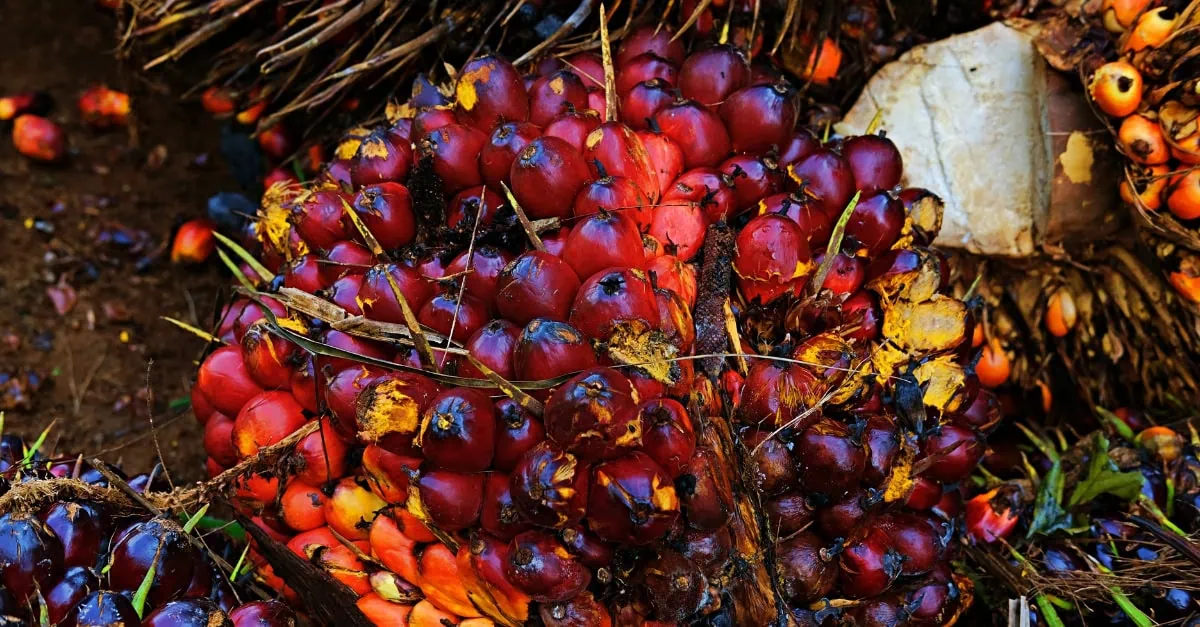Palm oil prices climbed in early October, driven by expectations of tighter Malaysian stocks and renewed optimism around US-China trade relations following Trump’s indication that soybeans would be a key discussion topic with Beijing.
The BMD CPO spot price increased by $15/mt to $1,041/mt, with the October average reaching $1,042/mt—the highest level since March. Market analysts point to a tightening Malaysian supply situation as the primary driver behind the recent price strength.
Malaysian stocks expected to decline
Industry polls indicate September Malaysian ending stocks decreased by 1.8% to 2.5%, settling around 2.2 million metric tons. The decline stems from lower production (approximately 4% down) combined with stronger exports (roughly 8% higher).
Meanwhile, Indonesian shipments painted a different picture, declining 36% to 1.436 million metric tons according to surveying data. Sources suggest the drop resulted from increased duties and levies that slowed sales as exporters anticipated lower rates in October. The previous months had seen exceptionally strong export volumes from Indonesia.
Shifting import patterns in key markets
Indian palm imports declined 16% in September to 833,000 metric tons as soyoil prices became more competitive in the domestic market. Conversely, India’s soyoil imports jumped 37.3% to 505,000 tons—the highest level since July 2022.
Total Indian vegetable oil stocks stood at 971,000 metric tons in mid-September, 18% above the previous year. Chinese total vegetable oil stocks reached 2.759 million metric tons, 8% higher than the two-year average.
Indonesian plantation uncertainties support prices
Despite slower demand from key importing nations, prices received support from uncertainties surrounding Indonesia’s biodiesel program and recent plantation seizures. According to Sawit Indonesia, the government has regained control of 3.4 million hectares of oil palm plantations previously occupied without legal permits.
A total of 1.5 million hectares has been handed over to PT Agrinas Palma Nusantara (Persero), the state-owned company managing the cleared land. Market participants have expressed concerns about the investment climate and potential production losses resulting from these developments.
Freight rates ease on lower Indonesian volumes
The freight rate for a 40,000 metric ton vegetable oil tanker on the Straits (Malaysia/Indonesia) declined by $2/mt to $73/mt, reflecting lower palm oil exports from Indonesia.
Market outlook
Analysts maintain a neutral to slightly bullish outlook for palm oil in Q4, citing speculation around Indonesia’s B50 biodiesel mandate, the rainy season potentially reducing production, and festive demand ahead of Muslim holidays. However, the upside may be limited by seasonally slower demand from China and India, which currently hold comfortable stock levels, and palm oil’s relative uncompetitiveness compared to soyoil.
The expected trading range for the three-month period is $1,015–$1,050/mt. Longer-term price movements will depend heavily on Indonesian biodiesel policy implementation, with the B50 mandate requiring an additional 3 million metric tons of palm oil while production is forecast to increase by only 1.5 million metric tons next year.
This palm oil article is part of a full more comprehensive vegetable oil market analysis. For the full analysis, visit: https://app.vespertool.com/market-analysis/2336





